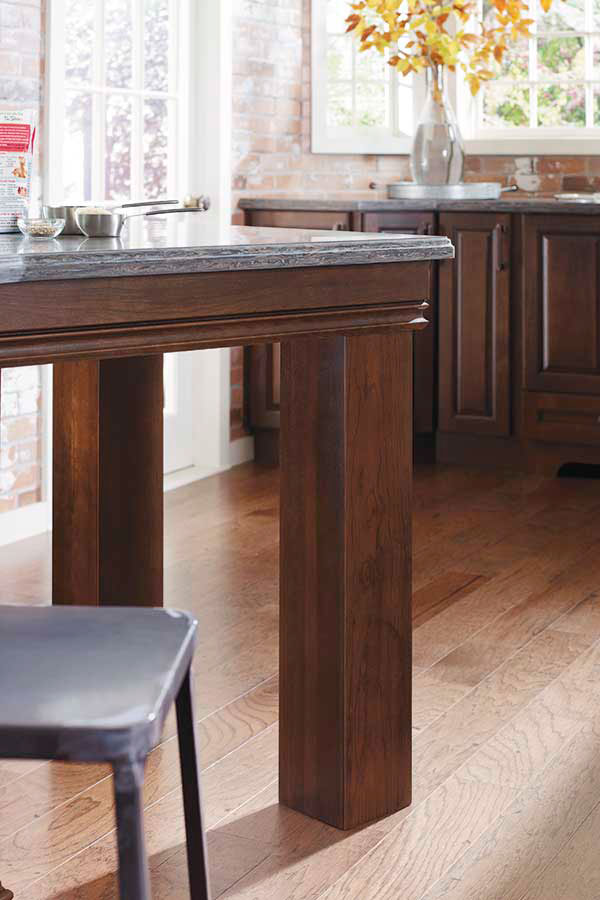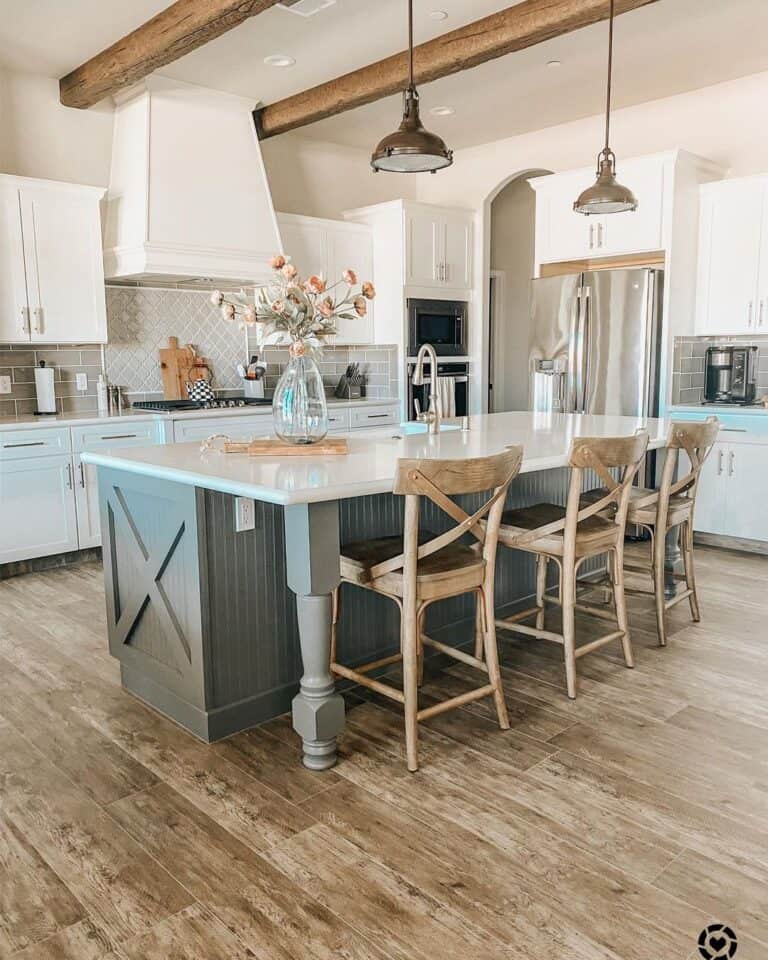Produce a Magnificent Centerpiece with Classy Legs For Kitchen Island
Vital Aspects to Think About When Choosing Legs For Kitchen Island
Choosing the appropriate legs for a kitchen island involves a careful assessment of numerous variables that can considerably affect both capability and visual allure. As we discover these elements, it becomes clear that each decision can have significant implications for the overall kitchen area experience.
Product Options
When selecting legs for a kitchen area island, understanding the numerous material alternatives is vital for attaining both visual appeal and structural honesty (Legs For Kitchen Island). The selection of material substantially affects not only the sturdiness of the island yet also its overall style and functionality
Timber is a preferred selection, offering warmth and adaptability. Strong woods, such as oak or maple, provide toughness and can be stained or repainted to match the kitchen area decoration. Steel legs, often made from stainless steel or wrought iron, add a modern and industrial feel while guaranteeing toughness and security. These products are resistant to wear and can support substantial weight, making them optimal for larger islands.
An additional choice is engineered materials, like MDF or plywood, which can be much more cost-effective while still offering a series of coatings. Nonetheless, they might not offer the same level of stability as solid timber or metal. Finally, materials such as acrylic or glass can develop a modern look, though they might need additional assistance to make sure stability.
Inevitably, the choice of material for cooking area island legs ought to align with the preferred capability and the total style of the kitchen area.
Design And Style

When taking into consideration design, the form and coating of the legs are crucial. Tapered legs can provide a sense of lightness and beauty, while thicker, a lot more durable legs can communicate stamina and security. Furthermore, the finish-- be it painted, stained, or natural-- need to enhance the kitchen cabinetry and kitchen counter materials to develop a unified look.
Furthermore, the style of the legs can additionally show personal taste. Customized or ornamental legs, such as those including intricate carvings or one-of-a-kind geometric forms, can function as prime focus, adding personality and personality to the cooking area. Inevitably, the best choice will certainly not just boost functionality however additionally elevate the visual appeal, making the kitchen island a standout function of the home.
Height Factors To Consider
Selecting the proper height for cooking area island legs is vital, as it straight impacts both performance and comfort. The common height for a kitchen area island typically ranges from 36 to 42 inches, straightening with common countertop elevations.

It is additionally vital to represent users' elevations and preferences. Customizing the elevation can make certain a comfortable experience for all relative, making the kitchen island an extra useful and pleasurable room.
Weight Support
Ensuring ample weight support for cooking area island legs is important for both safety and performance. The kitchen island usually serves numerous purposes, consisting of food preparation, eating, and additional storage space, necessitating a robust assistance structure. When choosing legs, it is crucial to think about the general weight capacity needed based upon the island's intended use and the products that visit this website will be put on it.
The selection of material for the legs plays a considerable duty in their weight-bearing capabilities. Strong timber, steel, and heavy-duty composites usually provide remarkable toughness compared to lighter materials. In addition, the layout of the legs-- whether they are straight, useful source tapered, or have a pedestal type-- can affect their ability to distribute weight successfully throughout the framework.
Moreover, the leg placement must be purposefully intended to enhance stability. Legs positioned at the corners or with a broader base can much better sustain heavier loads. Always seek advice from the supplier's specifications concerning tons limitations to make certain that the legs can maintain the desired weight without endangering safety. In summary, selecting kitchen island legs with sufficient weight support is important for producing a useful and safe cooking area.
Setup and Upkeep
Proper installment and maintenance of cooking area island legs are important for ensuring long life and stability. This usually includes safeguarding the legs to the island base utilizing proper fasteners, making sure that the legs are level and lined up.
As soon as set up, normal maintenance is needed to preserve the stability and look of the legs - Legs For Kitchen Island. For wood legs, periodic cleansing with a wet cloth and application of ideal wood polish can protect against moisture damages and keep their finish. Steel legs may need a mild cleaning option to get rid of grease and gunk, adhered to by a dry cloth to stop corrosion development
In addition, inspect the legs on a regular basis for indicators of wear or damages, such as cracks or loose joints. Tightening screws or bolts as needed can also lengthen the lifespan of the legs. By adhering to these setup and upkeep methods, house owners can make sure that their kitchen island remains strong and visually appealing for many years to come.
Conclusion

Visual comprehensibility is critical in selecting the design and layout of legs for a kitchen island, as these aspects greatly influence the total setting of the area. Conical legs can provide a feeling of agility and elegance, while thicker, more durable legs can convey strength and stability.Picking the appropriate height for cooking area island legs is important, as it directly affects both performance and convenience. In summary, picking kitchen area island legs with sufficient weight assistance is crucial for creating a functional and risk-free culinary space.
In final thought, picking informative post legs for a kitchen area island necessitates careful factor to consider of different aspects, including material alternatives, style, elevation, weight support, and setup.